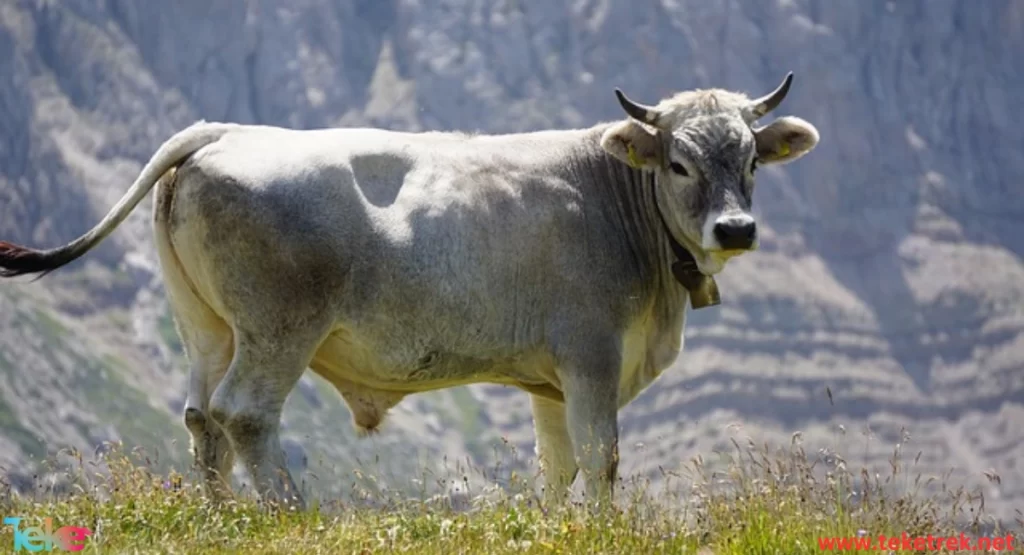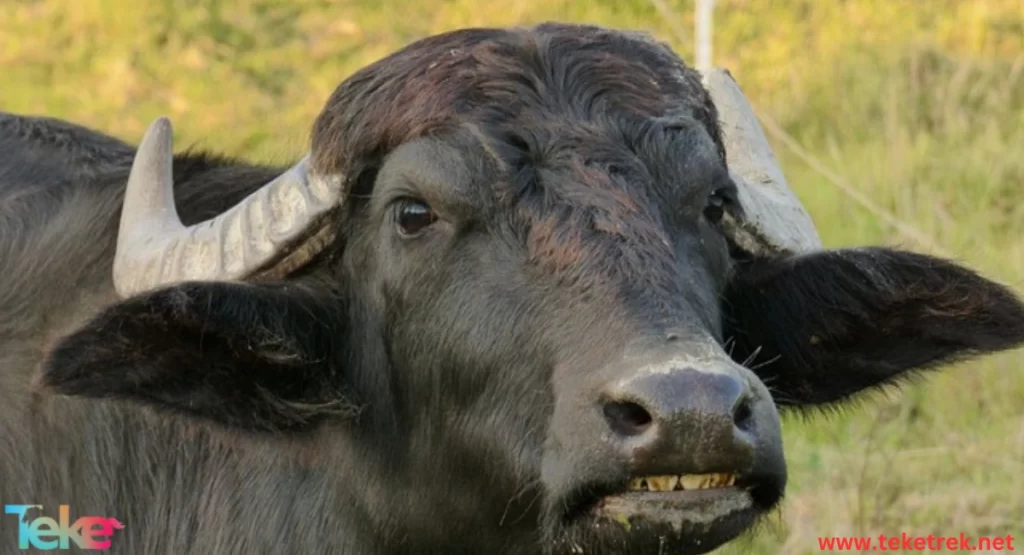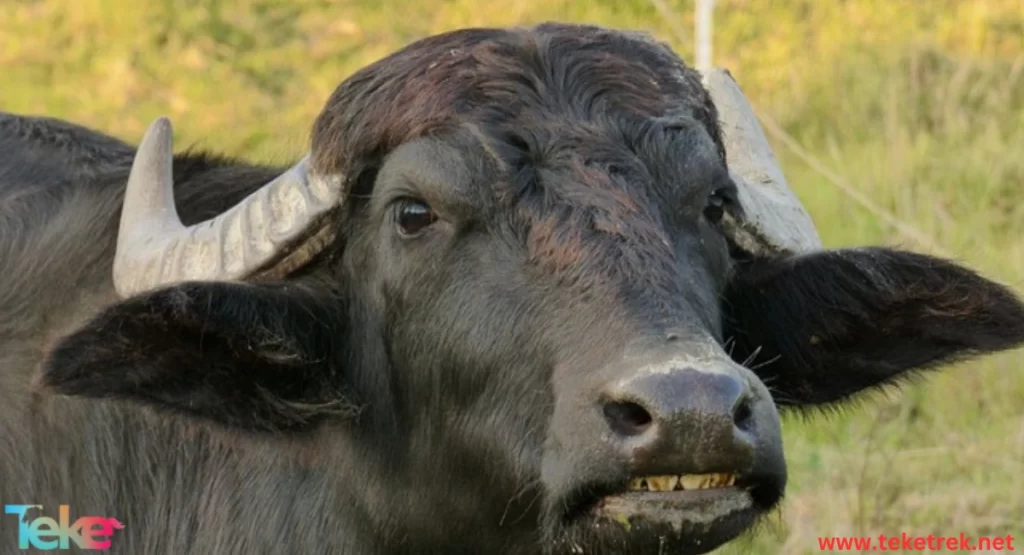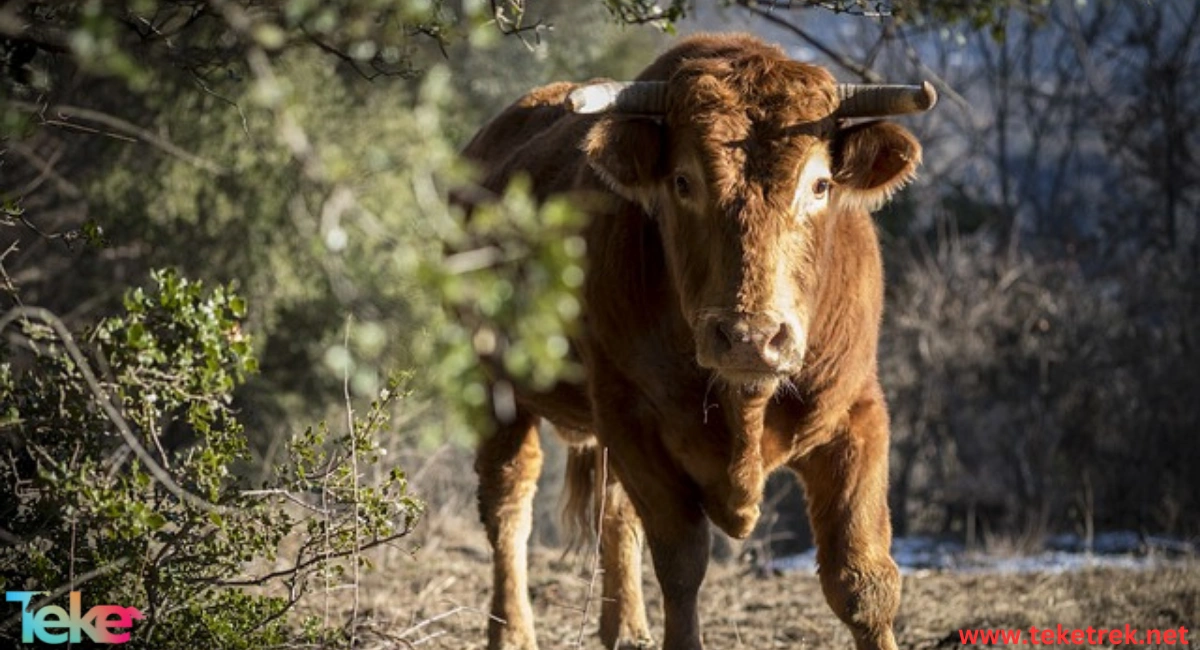The bull is a huge animal with distinctive horns. It is considered one of the most powerful animals in the wild world. It is characterized by a calm and peaceful nature, but it becomes violent and aggressive when it feels threatened. The bull is an essential part of cultures and traditions in many societies around the world, as it symbolizes strength and courage.
Historically, the bull played a major role in agriculture and working in the fields, where it was used to pull crops and accomplish heavy tasks. Despite the development of technology and the emergence of modern machines, the bull still maintains its status as a symbol of hard work and steadfastness.
Moreover, the ox serves as a significant food source in numerous cultures, valued for its delicious meat and high protein content. Various bull by-products, like hides and horns, find application in diverse industries. These facets underscore the diversity and significance that Taurus holds in human life and history. Below on the TekeTrek website we give a detailed explanation of the Taurus.

About the bull
The bull is the male cow, and it is more aggressive and powerful than the cow. It is an important religious symbol in many religions and is used in several cultural and sporting activities such as: bull riding and bullfighting. Bulls are divided into wild bulls and local bulls:
Wild bulls:
- Banting.
- the Bull.
- Buffalo.
- injustice.
- Zippo.
- Yak.
Local bull breeds:
- Ayrshire breed.
- Hereford breed.
- Kostroma dynasty.
- Simmental strain.
- Kholmogory dynasty.
- Yaroslavl dynasty.
Taurus appearance
The appearance of a bull depends on several factors, including breed, genetics, nutrition and environment. In general, the appearance of a bull can be described in general as follows:
1. The bull usually has a strong, moderate body. Some bulls have a stocky body and strong muscles while others have a skinny body.
2. The bull has a large head with strong, thick horns. The horns may be straight or curved, and vary in shape and size depending on the breed.
3. The colors of bulls range from white, black, brown and mixed. There may be different patterns and markings on the skin that distinguish each bull from others.
4. The legs are strong and sturdy to support the bull’s body, and may vary in length and thickness depending on the breed.
5. A bull can have short or long hair, and soft or rough hair covering the body.
Strange and interesting facts about bulls
1. The bull is considered an animal with long-term memory, as the bull can remember people and places for a long time and has a strong memory for details.
2. Some people think that bulls respond to the color red, but the truth is that bulls respond more to movement and moving edges rather than the color itself.
3. Bulls form complex social communities, and can exhibit patterns of interaction with each other similar to those seen in human societies.
4. Bulls have advanced agricultural knowledge. They know how to choose the best areas for grazing and avoid bad areas.
5. Despite their huge size, bulls have an amazing ability to maintain balance and the ability to run at high speed despite their heavy weight.
6. Bulls have a strong sense of smell and the ability to distinguish between different smells. They also have a sense of taste that helps them choose the right food.
These are some strange and interesting facts about bulls that may be surprising to some.
The most important characteristics of a Taurus
- The bull has tremendous strength that makes him able to bear heavy burdens and do hard work.
- Taurus exhibits steadfastness and does not retreat when confronted with challenges and difficulties.
- Taurus shows great courage in the face of dangers and threats.
- The bull is considered a loyal animal that remains loyal to its herd.
- Although violent when threatened, the Taurus is often calm and peaceful.
Taurus relationship with humans
- Humans have maintained a longstanding relationship with bulls since ancient times, viewing them as crucial partners in various aspects of life. Bulls were utilized for planting and plowing fields and crops, embodying symbols of strength and productivity. Additionally, some cultures revered and sacrificed bulls as symbols of loyalty and courage.
- Despite the development of technology and modern agriculture, humans still attribute significance to the bull in some societies, considering it a symbol of heritage and culture. Numerous events and festivals are organized to celebrate the bull and acknowledge its role.
- As a strong and intelligent animal, humans always strive to maintain a positive relationship with the bull and take advantage of its strength and competence. Thanks to this historical and cultural relationship, the bull remains an important figure in human lives, representing steadfastness, strength, and loyalty.


What is the difference between a bull and a calf?
Bull and calf are both part of the cow family, but they differ in some important points. Here are some differences between a bull and a calf:
1. Age: A calf is a young cow that has not yet reached sexual maturity, while a bull is a cow that has passed the age of maturity and is able to reproduce.
2. Size: The bull is usually larger and heavier than the calf, as its size develops over time as it matures.
3. Uses: Farmers typically utilize the bull for agriculture, plowing, and field work, while they often rear the calf for meat or milk production.
4. Appearance: It is possible to differentiate between a bull and a calf through appearance, as the bull has large horns and a huge body, while the calf has a small and light body.
5. Behavior: The behavior of the bull changes as he ages, as he becomes more calm and peaceful compared to the calf, which may be more active and energetic.
Typically, humans rely more on an adult bull as a partner in work and agriculture, whereas a calf serves consumer purposes like milk and meat production.
10 Frequently Asked Questions About Bulls
There are many common questions that people ask, especially those interested in raising bulls. Here are the most important ones:
1- What is the difference between a cow and a bull?
The bull is the male of the cow, and is more powerful and aggressive than the cow.
2- What is the average age of a bull? How tall is a bull?
The average lifespan of a bull ranges from 20 to 25 years.
At 1.8 metres, it is similar to the western black rhinoceros in length.
3- Is the bull a predatory animal?
Yes, the bull is not classified as a predator; it is a herbivore.
4- How do bulls communicate with each other?
Bulls communicate with each other through a special language, as they use audio and visual signals in addition to movements and gestures that indicate the presence of danger or the desire to mate.
5- How fast is the bull?
The bull’s speed ranges from 24 to 32 kilometers per hour, and the maximum speed can reach 56 kilometers per hour.
6- What is the diet of bulls?
Bulls need to eat feed rich in nutritional supplements, which contain hay, bran and oilseeds, in addition to grass and green plants.
7- Does the color red excite bulls?
No, it is worth noting that the color red does not make bulls angry, as bulls are color blind and only see blue, green, purple and yellow. Rather, it is the threatening movements by a person that arouse his anger.
8- Where does the bull live?
The bull lives in all parts of the world, except for Antarctica, and prefers to live in forests and areas full of trees and plants.
9- What is the annual mating date for an animal bull?
The annual mating date is in August and September, and the female bull is a mammal that breastfeeds its young children, and carries one young.
10- What is the name of the bull’s sound?
The sound of a bull is called bellowing, bellowing, or roaring.
Conclusion
In short, the bull is an animal that plays a role in human food, and it also had a fundamental role in plowing.






